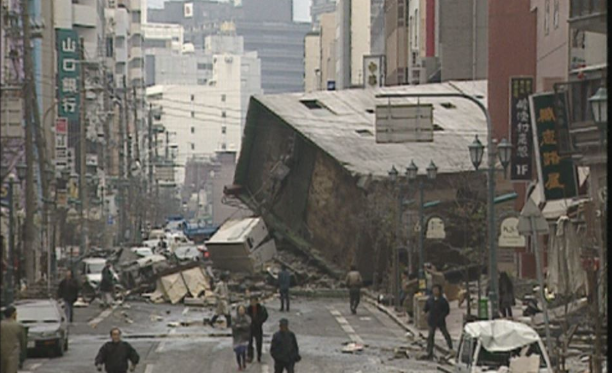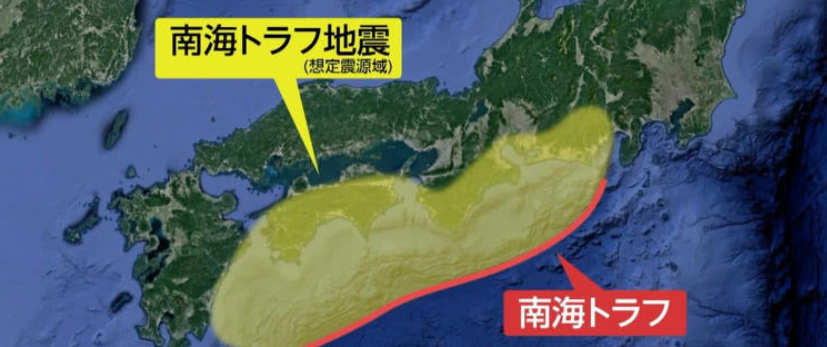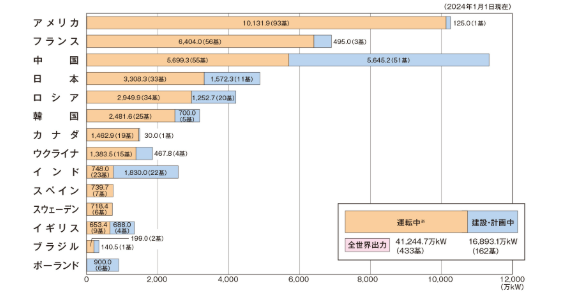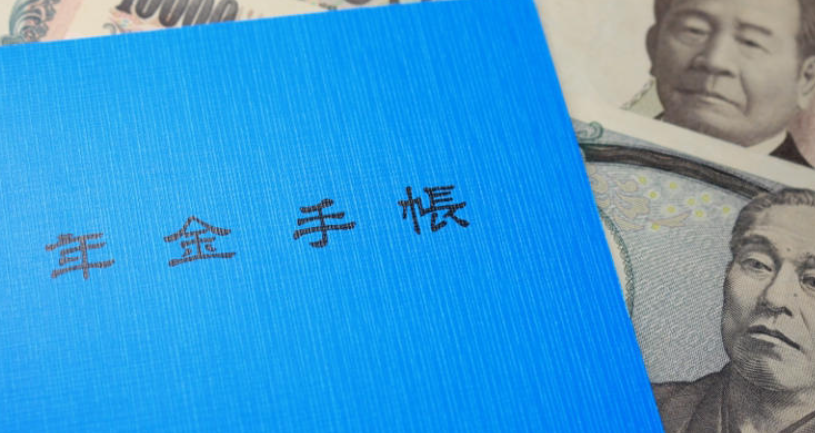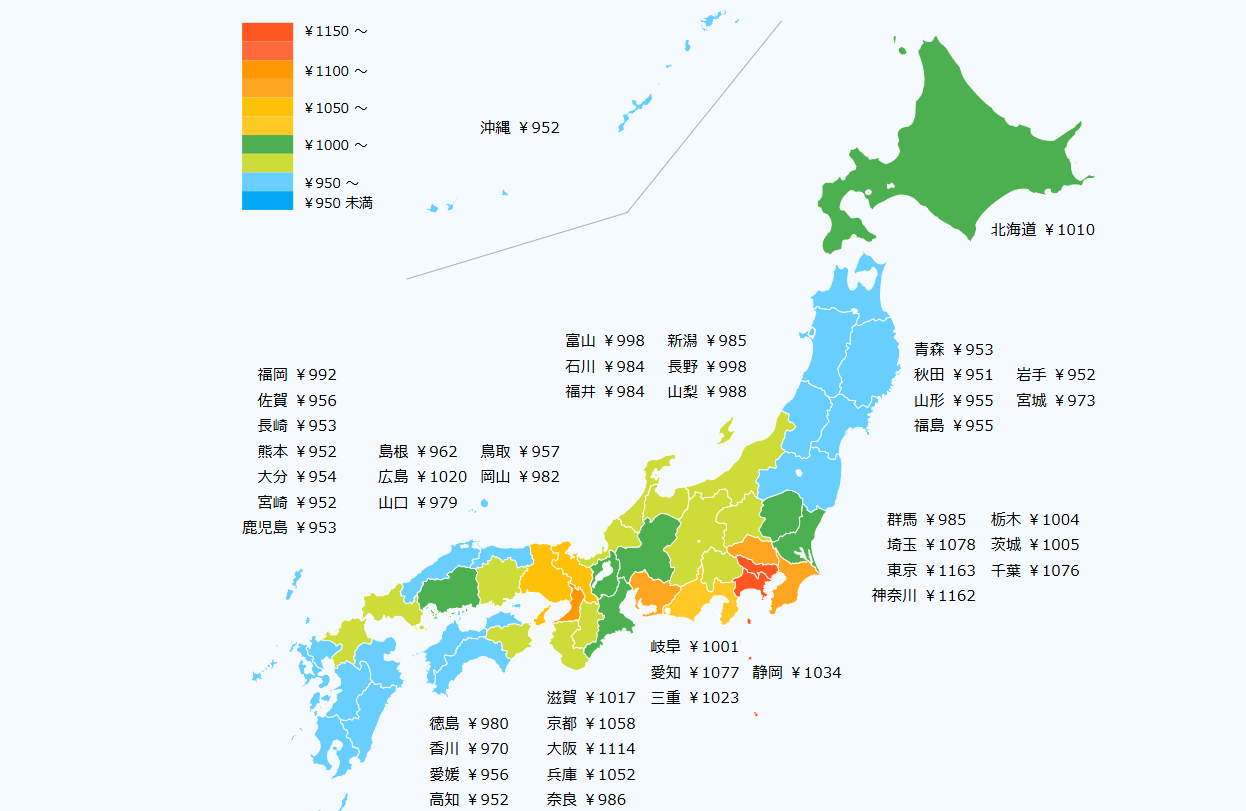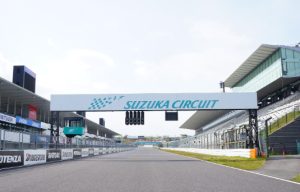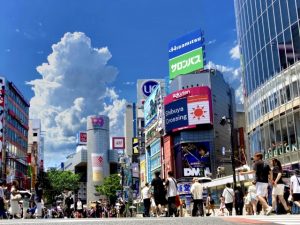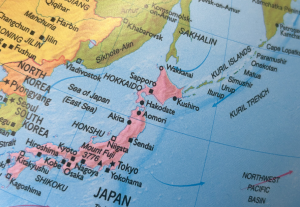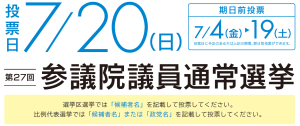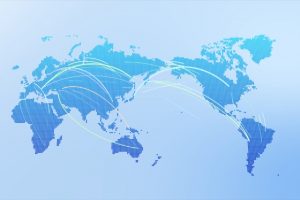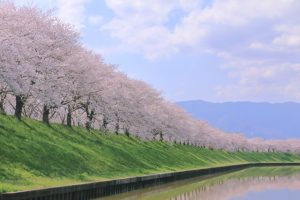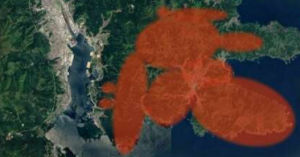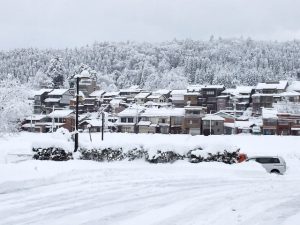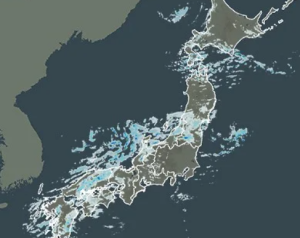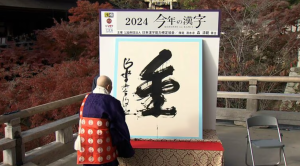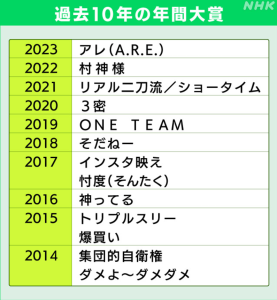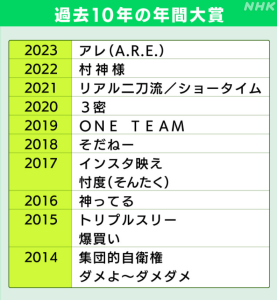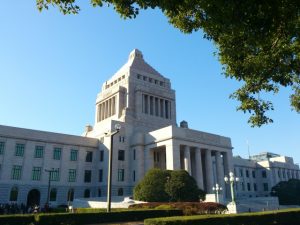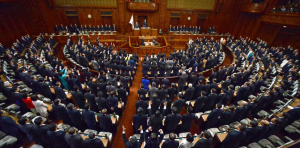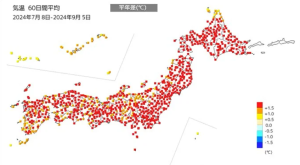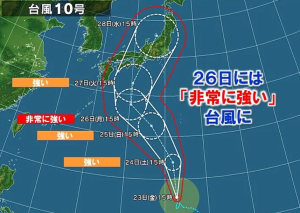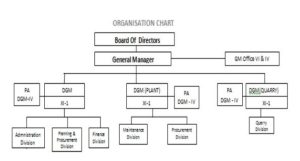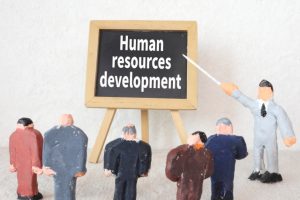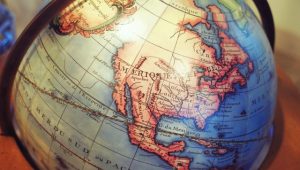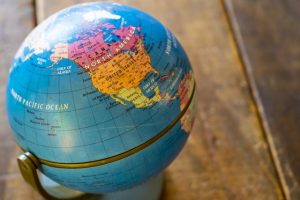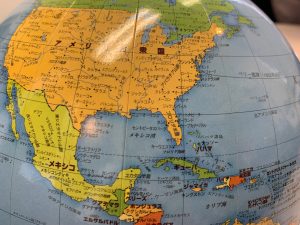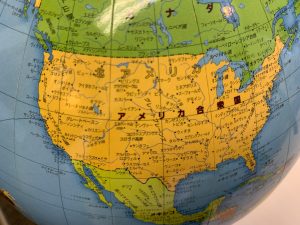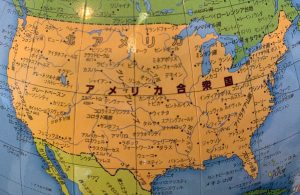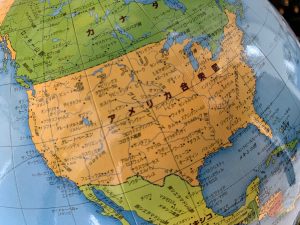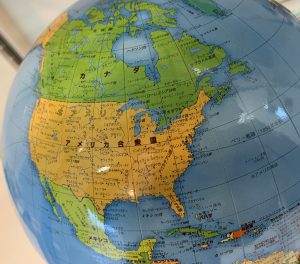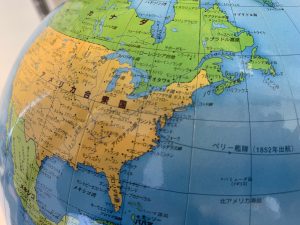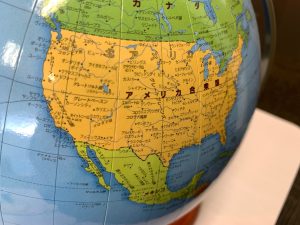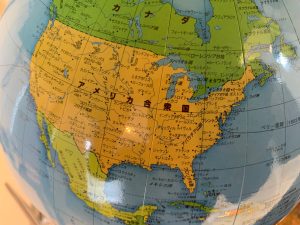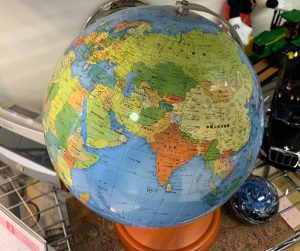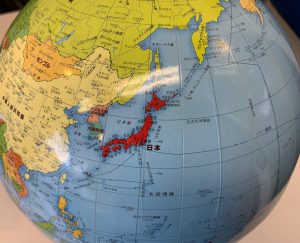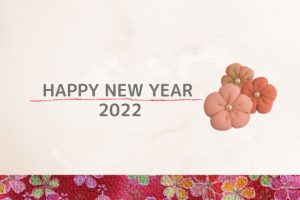Re: A news item and subject which I just want to check out (158) December 20, 2024
There are just over 10 days left this year. Looking back, there were a lot of things that happened this year. Domestic top 3 of “top 10 news stories chosen by readers in 2024” by the annual tradition of Yomiuri Shimbun were ① earthquake with seismic intensity of 7 in Noto, Ishikawa and tsunami damage ② “50-50”, the first in MLB, by Shohei Ohtani ③ Japan won 45 medals at the Paris Olympics which were the most medals at an Olympics held overseas. And international top 3 were ① Mr. Trump won the U.S. presidential election ② an assassination attempt on Mr. Trump ③ a baseball team fired Ohtani’s interpreter. It was a year where Mr. Trump and Mr. Ohtani were talked about both domestically and internationally. Under these circumstances, the annual tradition at Kiyomizu Temple in Kyoto selected the Chinese character “money” (or “gold”) to represent this year’s social climate in “a single character”. I wondered whether this referred to “money” or “gold”. “Money”, of course, represents “slush fund issue”. On the other hand, “gold” represents winning a lot of gold medals at the Paris Olympics and Paralympics, the entry of Sado Gold Mine as a world heritage site, and gold prices reached an all-time high 15,162 yen per one gram including tax on October 31.
■■What I have recently thought and focused on:
■Japan is a country prone to frequent disasters, especially earthquake:
Big earthquake with a preliminary magnitude of 7.6 occurred in Noto, Ishikawa prefecture right at the start of the New Year, and the number of deaths including related deaths was 475 as of December 6, 2024. Furthermore, in September, the said region recorded the heaviest rainfall in its observed history, and natural disasters occurred one after another.
Incidentally, next year marks the 30th anniversary since the Great Hanshin-Awaji Earthquake by which 6,434 people lost their lives including related deaths. After this earthquake with a magnitude of 7.3 on January 17, 1995, the Great Eastern Japan Earthquake with a magnitude of 9.0 on March 11, 2011, Western Tottori earthquake with a magnitude of 7.3 on October 6, 2000, Iwate-Miyagi Nairiku earthquake with a magnitude of 7.2 on June 14, 2008, Kumamoto earthquake with a magnitude of 6.5 on April 14, 2016, and Hyuga-nada earthquake with a magnitude of 7.1 on August 8 following the earthquake in Noto in January.
Like this, there have been 7 major earthquakes in the last 30 years in Japan, and it is said that there is a 70-80 % chance that Nankai trough earthquake and Tokyo megaquake will occur in the next 30 years. Incidentally, it is said that Japan is the fourth most earthquake-prone country in the world (the first is China, the second is Indonesia and the third is Iran). As long as we live in Japan, we can’t escape the risk of frequent earthquakes. It is currently difficult to accurately predict when, where, and how large an earthquake will occur.
And it is hard to imagine where you would be and what condition you would be in during an earthquake. But in the end, you have no choice but “to protect your own life”. Therefore, it is necessary to be mindful of “how to protect yourself” at a minimum level.
■Developed countries are advancing in phasing out coal-fired power generation, but Japan’s progress is the lowest among the G7 countries:
The G7 has set a goal to phase out power plants without emission control measures by 2035. And coal phasing-out is now becoming a measure of “how serious” developed countries are about coping with climate change. The United Kingdom was the first in the G7 to achieve coal phasing-out in September this year.
However, Japan does not even have a reduction target and is noticeably lagging behind the G7 countries in terms of reduction pace. Since 2000, the United States and Germany, also criticized their slow measures, have reduced their emissions by about 40 %, but in contrast, Japan’s emissions have increased by about 1.6 times. This background is that the construction of large-scale coal-fired power plants continues until the early 2020s and 30 % of the total have been in operation for less than 20 years since they started, and then the phasing-out due to aging is not progressing. To get closer to coal phasing-out by 2035 that the G7 is aiming for, it is necessary to implement multiple low-carbon methods. Demonstrating this directly impacts the international community’s trust in Japan’s “gradual reduction” efforts.
At present, Japanese government is proceeding with the revision of the basic energy plan, but Japan relying on the Middle East, a region with high geopolitical risks, for over 95 % of its oil import needs to improve its energy self-sufficiency (12.6 % in 2022) and can’t avoid further utilizing nuclear power for global environment measures. On the other hand, Japan has trauma related to nuclear power (Hiroshima, Nagasaki and Fukushima) and it is also true that there is a deep-seated distrust of power companies due to covering up accidents. But for the nation’s survival, the construction of new nuclear power plants is essential. And this is also a global trend led by China and India.
■Getting worse labor shortages and increasingly challenging business management:
In Japan, labor shortages and aging populations are being pointed out in most sectors. Among them, agriculture, fishery, forestry and dairy that are primary industries are particularly severe. As a background, in addition to declining birthrate and aging population and population decline, a harsh working environment and low income are cited. At this rate, combined with a lack of successors, it may become difficult to sustain Japan’s fundamental industries. Urgent action is needed.
By the way, labor shortages are becoming more severe in other industries as well, due to “the 1.03-million-yen income tax threshold” and “reduction of old age pension for those still working”. The effective job-to- applicant ratio in October this year is 1.25 times across all industries on average, but for instance, the said ratio for truck drivers and chefs exceeds 2.6 times and the said ratio for care workers exceeds 4 times. Among them, the said ratio for in house nurse is over 14 times. In industries and companies suffering from labor shortages and a lack of successors, in particular, bankruptcies of small and medium-sized enterprises are on the rise.
On the other hand, as labor shortages become more severe, labor costs are also rising. The government set the national average minimum hourly wage at 1,054 yen increased by 50 yen from the previous year in October this year. Prime Minister Ishiba is setting a goal of “1,500 yen for the 2020s”. Incidentally, average hourly wage offered for temporary staff positions clearly representing labor supply and demand is 1,700 yen in November, and it seems that on-site part-time jobs are approaching 1,400 yen.
By the way, present minimum wage in Los Angeles, the United States, is 17.28 dollars (about 2,700 yen at the current exchange rate of 157 yen). And hourly wage in shop staff recruitment advertisements at IN&OUT (hamburger shop) that Mr. Ohtani also frequents and I visited when I traveled to the United States in May last year was 19 dollars. But it is said to have risen to 22 dollars (about 3,450 yen) now, reflecting the labor shortage.
I feel the difference in labor costs between Japan and the United States, and at the same time, I keenly feel the decline in national power (in international comparisons) caused by the weak yen.
And the backgrounds of why wages have not significantly increased in Japan despite labor shortages for many years are labor market lacking liquidity and vitality, low productivity because of the delay of digitalization and AI implementation, an industrial structure in Japan where even cost increases such as soaring prices of raw materials and appropriate increase in labor costs can’t be easily passed on to selling prices (predominately small-scale with a tendency for excessive competition) and the existence of regulations and systems that can’t adapt changing times. There is a need for institutional and structural reforms involving both the public and private sectors.
■■This is the last blog streaming this year, and the first issue of next year is scheduled for January 10. Thank you very much for reading my blogs throughout this year. And I sincerely wish you a happy Year-End and New Year and bright New Year, and hope you take good care of yourselves. I look forward to your continued support in the coming year.



